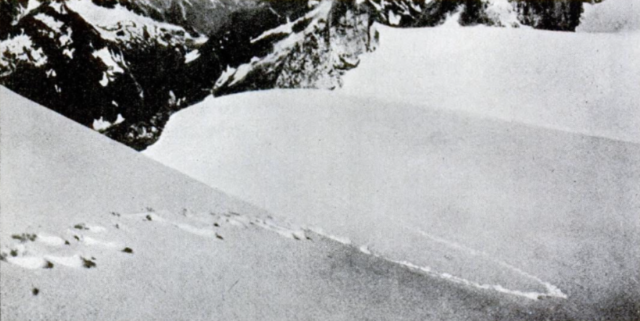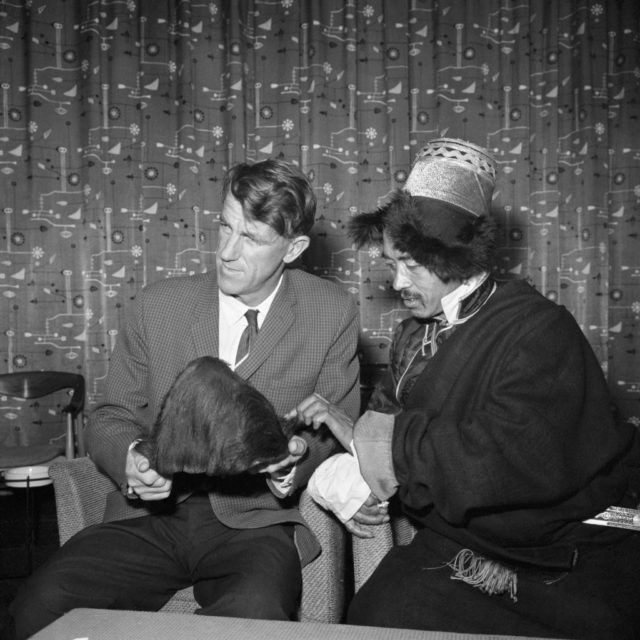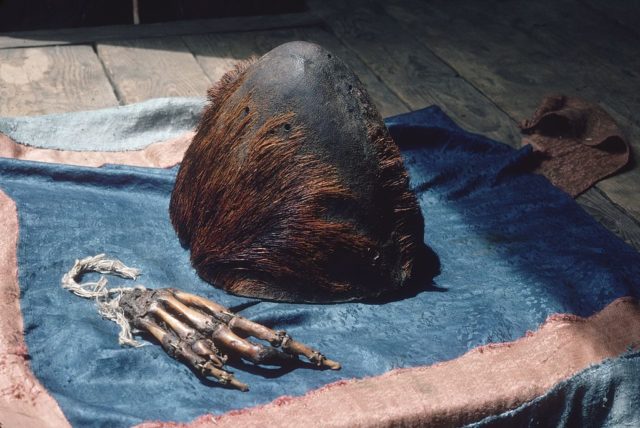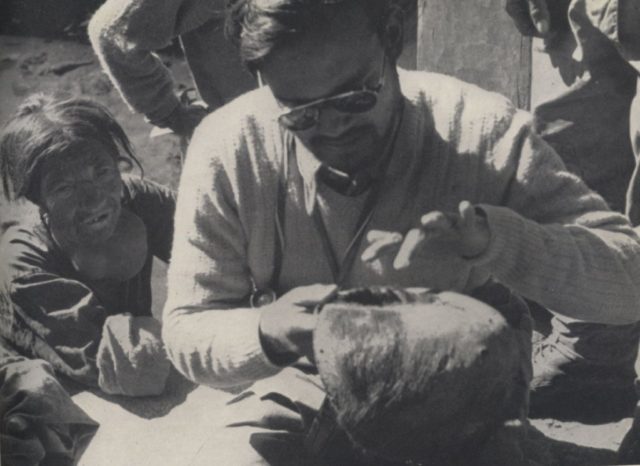Tales of a mysterious, large ape-like creature that roams the Himalayan mountains have captivated locals and believers around the world. The existence of the “Yeti” has yet to be proven, but a small Nepalese monastery could have the key to solving the mystery.
The 300-year-old Yeti scalp is a priceless relic for the people of Khumjung, but zoologists and other experts aren’t entirely sure who – or what – the scalp originally belonged to.
The history of the Yeti
The Yeti has been a figure in Tibetan folklore for centuries. Tibetan Buddhists believe that the Yeti is both human and animal, giving it the ability to take part in certain Buddhist traditions. They are also believed to ward against bad spirits. Yeti sightings first began in the 19th century, with some explorers catching glimpses of a strange bipedal creature in the mountains.

In 1899, Laurence Waddell’s book Among the Himalayas included his reports of large footprints left by ape-like creatures. “On the most superficial investigation,” Waddell concluded about the story of the Yeti, “it always resolved into something that somebody heard tell of.”
Over the years countless others have searched for the elusive Yeti, with only footprints and unreliable stories to guide them. The Yeti Scalp found at Khumjang in 1960 was the closest science has ever been to proving the existence of the Yeti.
What is the Yeti Scalp of Khumjung?
According to Buddhist tradition, the scalp – which is just one of many Yeti relics – was likely collected by a holy man named Sangwa Dorje who lived in a cave near a village not far from Everest. Dorje lived alone in constant meditation, and to help, Yetis would bring him gifts of food, water, and firewood.

When one Yeti died, Dorje kept its scalp and its hand as a reminder of the kind and thoughtful creature. Eventually, the relics found their way into Buddhist temples, drawing in many visitors a year.
The artifact was found by Sir Edmund Hillary, the first mountaineer to summit Mount Everest, in 1960 during an expedition charged with finding evidence of the myterious Yeti. Inside the home of an old woman, Hillary and journalist Desmond Doig found the strange football-shaped piece of leather or skin with hair still attached. The old woman told the explorers that the relic helped keep her village out of harm’s way.

To avoid any potential disasters, Hillary promised to make a donation to the monastery and local school. He also swore to take a guardian for the scalp with him to have the strange artifact examined by experts.
Is the scalp real?
Scientists examined the hair found on the Yeti scalp, but their findings concluded the hairs weren’t from a scalp at all – they weren’t even from a primate! Professor Frederic Wood Jones was charged with examining the hair, carefully preparing the samples before comparing them to hairs from other mammals including bears and primates.

Jones concluded that the “scalp” was likely made from a piece of hide taken from the shoulder of a hoofed animal. The scalp was safely returned to the monastery, where it remains locked in a glass case. According to CNN, scientists revisited the samples in 2014 using more modern technology.
More from us: The La Brea Tar Pits Have Revealed Ice Age Relics Dating Back 50,000 Years
They discovered that the hair might have come from a rare hybrid bear species. Their findings will help future researchers better understand the “history and evolution of local bears,” as species like the Himalayan brown bear are already at risk of extinction.
